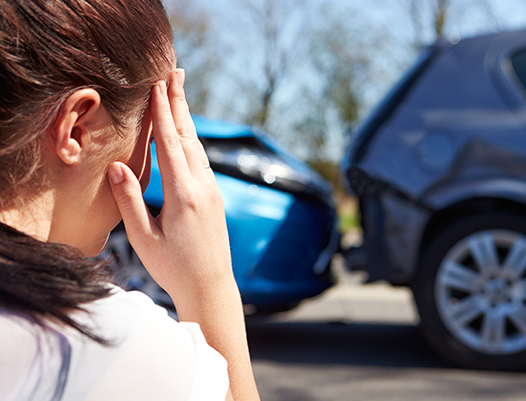Can we all just get along?
As Congress and state legislatures grapple with the legal and safety issues involving autonomous vehicles on public thoroughfares, a recent Wall Street Journal article entitled “Pedestrian Peril in the Digital Age” discusses the alarming trend in the number of pedestrian traffic deaths.
Over the last ten years, pedestrian deaths have risen by 27%, while other traffic-related deaths have largely fallen. Both drivers and pedestrians are often distracted by cell phones, and alcohol- and drug-impaired driving continue to be problematic. The advent of “robot cars” would seemingly promise to lead to a reduction in the number of pedestrian deaths, since machines cannot be distracted or drive drunk and will be programmed to anticipate and avoid pedestrians.
But a driverless Uber vehicle recently killed a pedestrian, calling into question the safety of autonomous vehicles, and who might be liable when they are involved in automobile crashes or pedestrian impacts. Will pedestrians ultimately be safer when more such vehicles are on the road, or will potentially unforeseen factors wind up making the roads increasingly unsafe for even a careful pedestrian?
As with any new technology, the implementation and growing use and acceptance of robot cars will outpace lawmakers’ efforts to fully understand and legislate their impact on safety and liability issues. Attorneys need to ensure they fully understand the technology involved and how these vehicles are likely to impact civil and criminal law.

